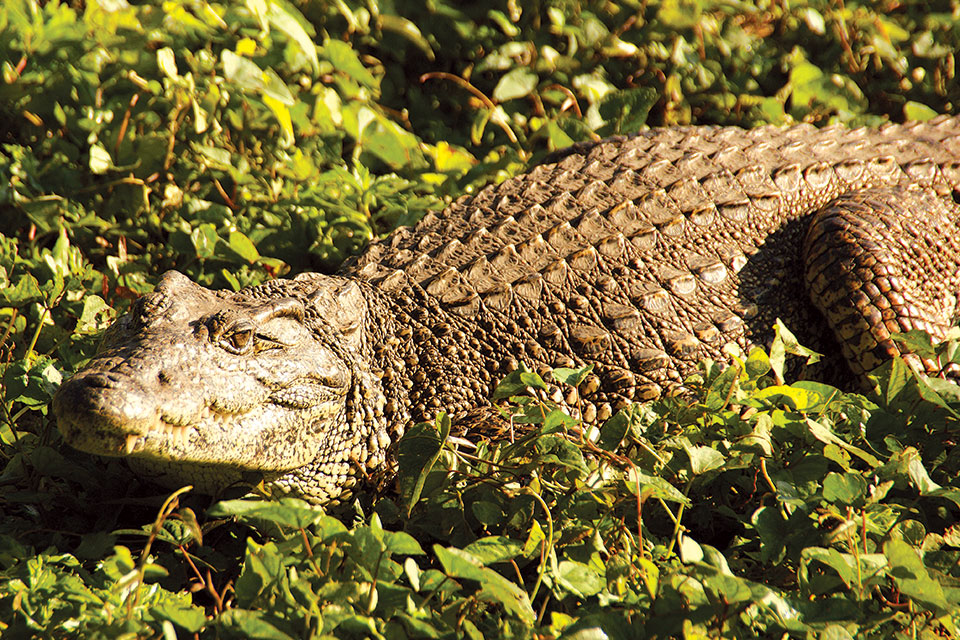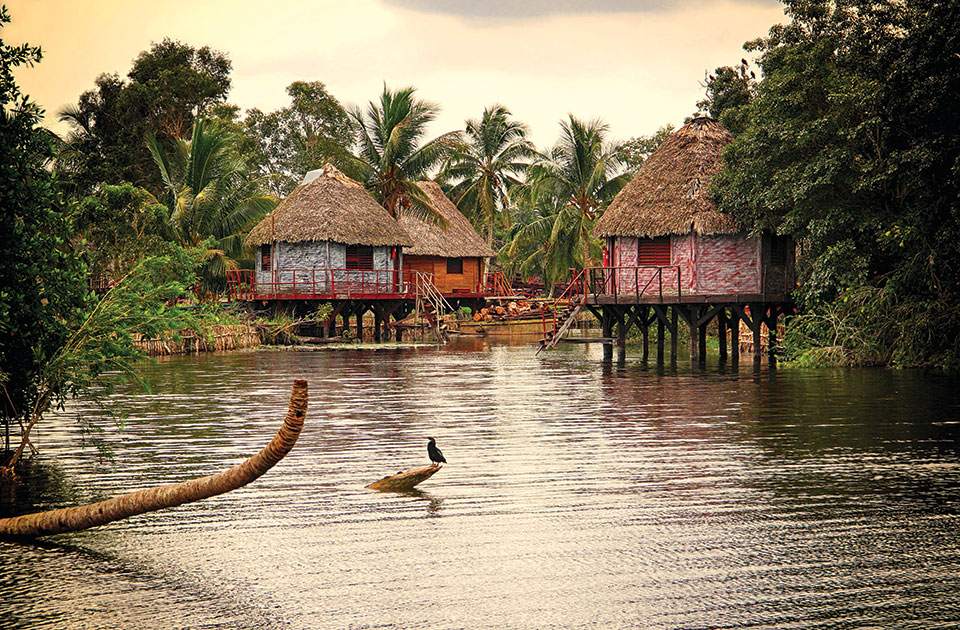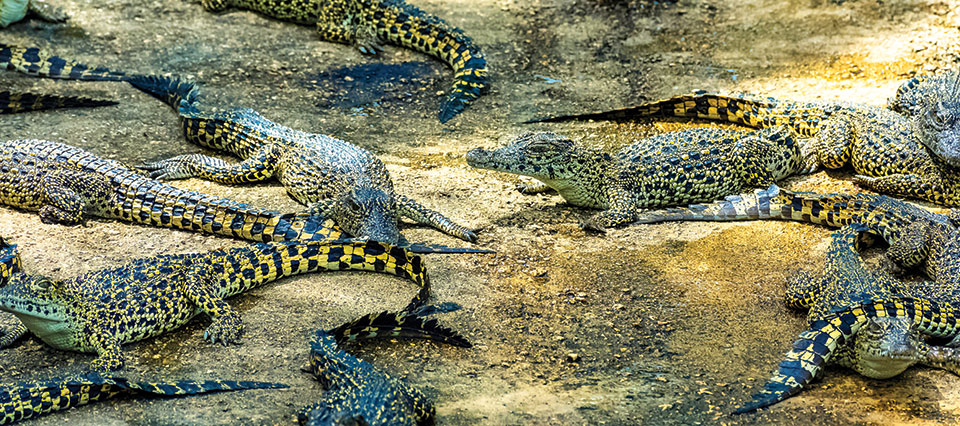
The Cuban crocodile is one of the most threatened New World crocodilian species, primarily because it has such a small and restricted distribution. Their main threat is humans, who have hunted the crocodile extensively and have largely encroached upon their habitats.
The Cuban crocodile is listed as Critically Endangered by the International Union for Conservation of Nature. Once spread across the Caribbean, its range has dwindled to including only the Zapata Swamp and Isla de la Juventud, due to hunting by humans. Captive breeding projects are in place to help the species recover. The species fossil record reveals it had at one point a greater range, with fossil remains being found in the Bahamas, Dominican Republic, and Cayman Islands.
The Cuban crocodile is a small to medium species of crocodile found only in Cuba. Typical length 6.9 to 7.5 ft with a typical weight between 150 to 180 lbs. Despite its modest size, it is a highly aggressive animal, and dangerous to humans.
Cuban crocodiles have short, broadheads with a bony ridge behind the eyes. They are green and olive black, with yellow speckles and darker coloration toward the top of their bodies. Their bellies are pale, and their tails have black blotches or bands.

The Cuban crocodile is of interest to biologists for its unique physical and behavioral traits. Long- and strong-legged, its preferred habitat comprises freshwater environments such as marshes and rivers. They rarely swim in saltwater. The adults feed on fish, turtles, birds, and small mammals, while the young eat smaller fish. Mating occurs between May and July. Captive animals have displayed cooperative hunting behavior and can be taught tricks, suggesting intelligence.
These crocodiles are strong swimmers and are adept at walking and leaping, which makes them equally at home in water or on land. They cannot generate heat metabolically, so they soak up heat from the sun or warm water to control their temperature. They will often do this in the morning when they are cold and groggy, or after a meal to help raise their metabolism.
The Cuban crocodile breeding season typically begins in May and lasts three to four months. Cuban crocodiles construct mound nests and lay an average of 30 to 40 eggs, though the number of eggs depends upon the size and age of the mother. They produce such a large number of eggs to compensate for the fact that many hatchlings do not survive to adulthood. This is primarily due to the predation of both eggs and hatchling crocodiles by various reptiles and birds. Cannibalism of young by more mature Cuban crocodiles has also been reported.

There are currently more than 600 Cuban crocodiles in the Lanier Swamp competing for space and food resources.
Information on the ecology and natural history of the Cuban crocodile is still not widely known. Work needs to be done to increase and protect the remaining wild population. Cuban crocodiles are well represented in human care in the U.S., where most individuals are part of the Species Survival Plan population.
This species lives for about 50 to 75 years.
